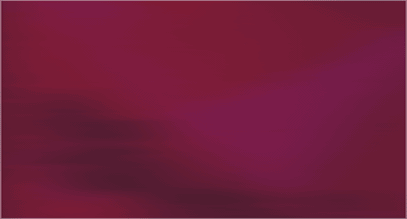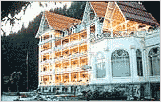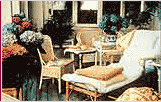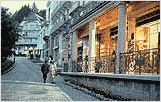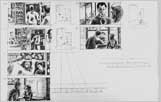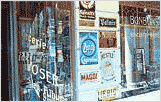| "Der Zauberberg (The Magic Mountain)"
The considerable standing of this literary work required careful
and extensive research of the sociological and historical situation.
Reading the novel, preparation of material through fundamental study
of literature and script and the elaboration of details of parts
of the script are important basics for the work of the production
designer both with regard to its content and organisation. To do justice to history an effort should be made to get a feeling
of the lives of architects and designer of the time to capture the
mood and to be able to create designs stemming from awareness. The
basis for this was the historical research in Davos carried out
in medical history museums and collections as well as in photo archives
and also based on knowledge of the language of film images. It was necessary to appreciate how patients then felt as most of the roles were of sick people. The more isolated they felt in the wards and on their balconies, the more public and transparent the recreation rooms of the set in Berlin needed to be. Of course the splendour and richness of the upper and noble classes also had to be shown. In this way a set can adorn a film as a mean of expressing the mood of the fin de siècle. |
